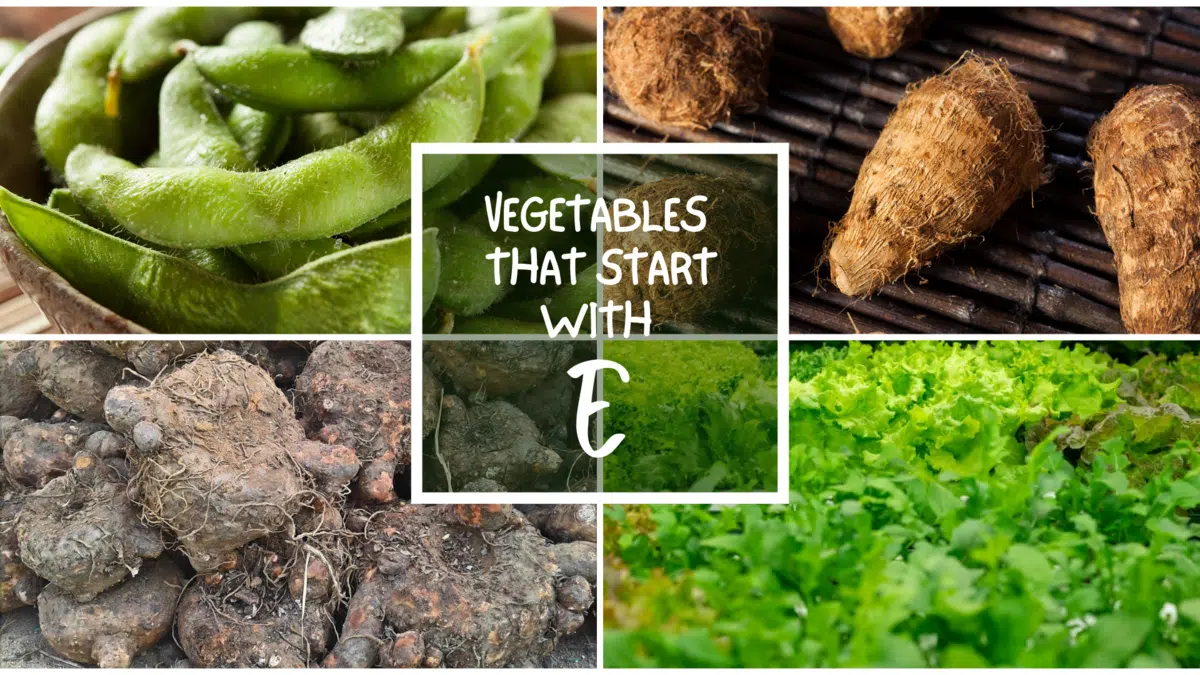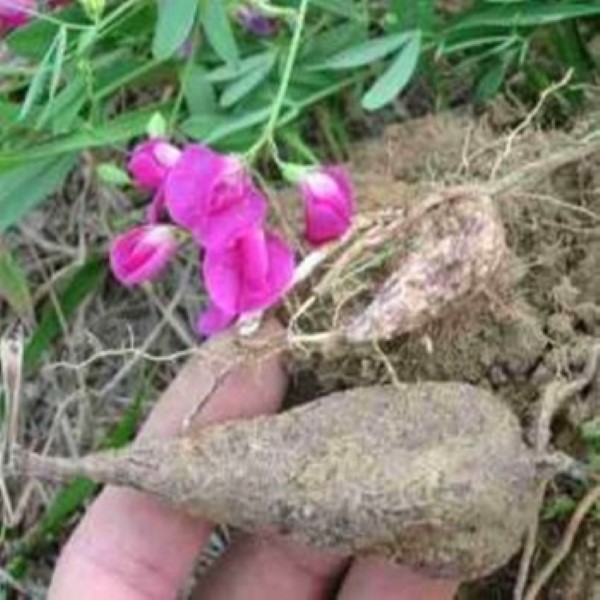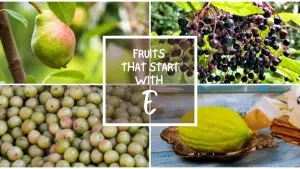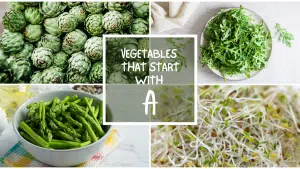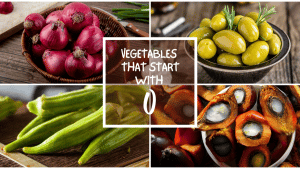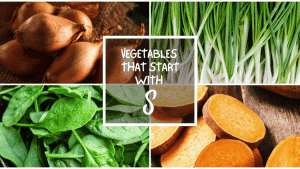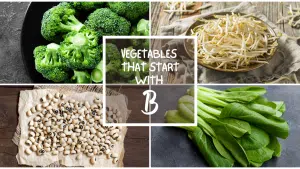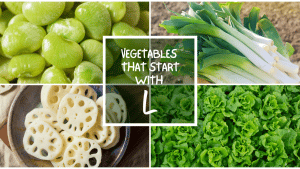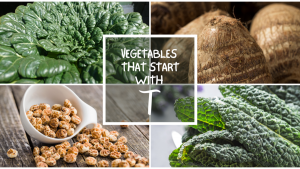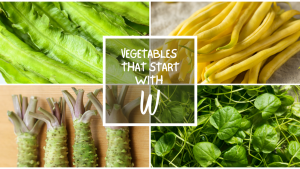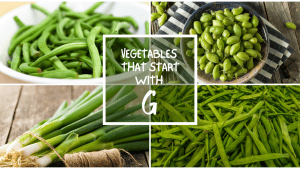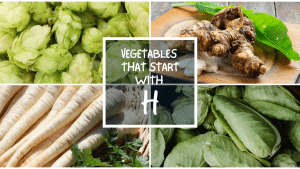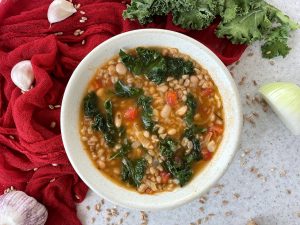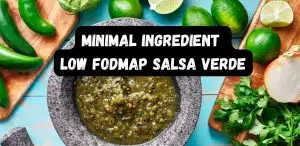All The Vegetables That Start With E
Important Note: When you buy through our links, we may earn a commission. As an Amazon Associate we earn from qualifying purchases. Content, pricing, offers and availability are subject to change at any time - more info.
Vegetables are some of the most diverse parts of the human diet because of the variety available. The importance of vegetables tends to be understated, but they happen to be the carriers of essential nutrients the body needs for survival. The names of most vegetables tend to represent the uniqueness of the vegetable, whether it’s their origin, shape, color or size. Here is a list of all the vegetables that start with E.
Endive
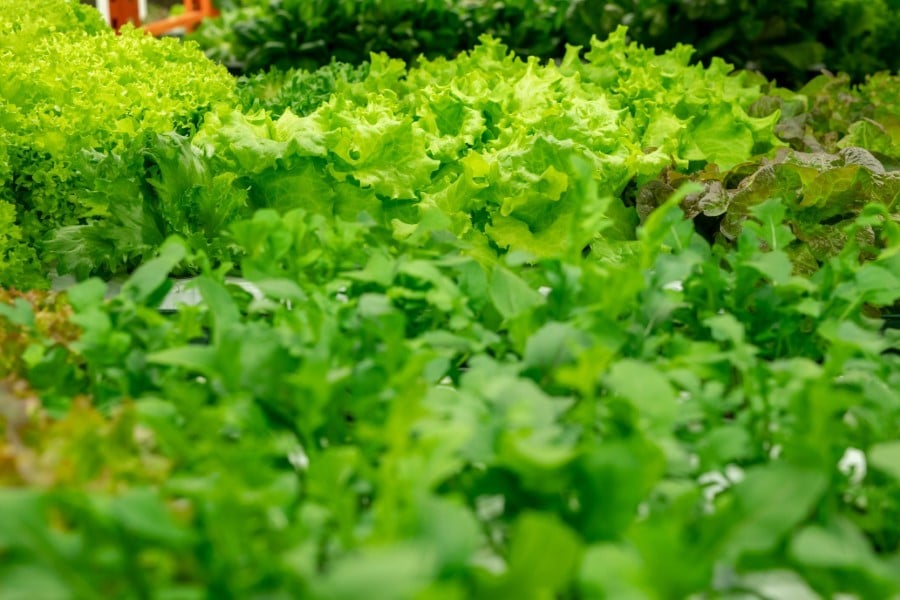
Endive is a leafy vegetable belonging to the Cichorium genus. Scientifically endive is known as Cichorium endivia. The endive plant usually has short roots and small branches. While the leaves are clustered in the rosette, they can’t form a heart because they are loose. With the different kinds, some endive plants have clustered and naturally white leaves. If left in the field, especially after harvest, the plant bears a floral stem from which the bluish flower is born.
The endive is mainly cultivated for its leaves. Endive is believed to have originated from the southern parts of Asia before it spread to different regions of the world. There are some references to the early Egyptian royals using endive in their salads and also as a vegetable on its own. According to the recent numbers, the endive is mainly cultivated in Asia since the quantity produced from Asia accounts for almost half of the world’s endive produce. Countries in North America also produce a significant amount of endive since it’s a popular vegetable, especially in dressing various kinds of salads.
There are two significant varieties of endive, mainly curly endive and escarole. Escarole usually consists of broad and wavey leaves that are less sawed. Curly endive is commonly referred to as chicory, and its leaves are usually divided and twisted into segments with extremely sawed edges. Endive can be consumed either raw or cooked. The taste of the endive tends to vary depending on how you decide to consume it. If you happen to eat it raw, it is usually bitter and crispy, but when cooked, the flavor tends to soften, turning into a nutty and mellow flavor. The bitterness from the endive is usually due to intibina, a compound present in the vegetable.
There are many benefits to including endive in your diet. The benefits include that the endive contains low amounts of calories; hence, it acts as the best way to help you watch your weight while ensuring your body isn’t deprived of the other nourishments. The fiber present in endive aids in digestion while also preventing constipation. Also, fiber helps regulate blood sugar levels and reduces inflammation. Endive contains trace amounts of vitamin K and calcium, which are essential in strengthening the bones. Antioxidants such as beta-carotene present in endive can be transformed into vitamin A which is very beneficial for one’s eye health. Endive also helps improve brain health. Endive can be found in most grocery stores in the US since it is one of the top endive producers globally.
Edamame
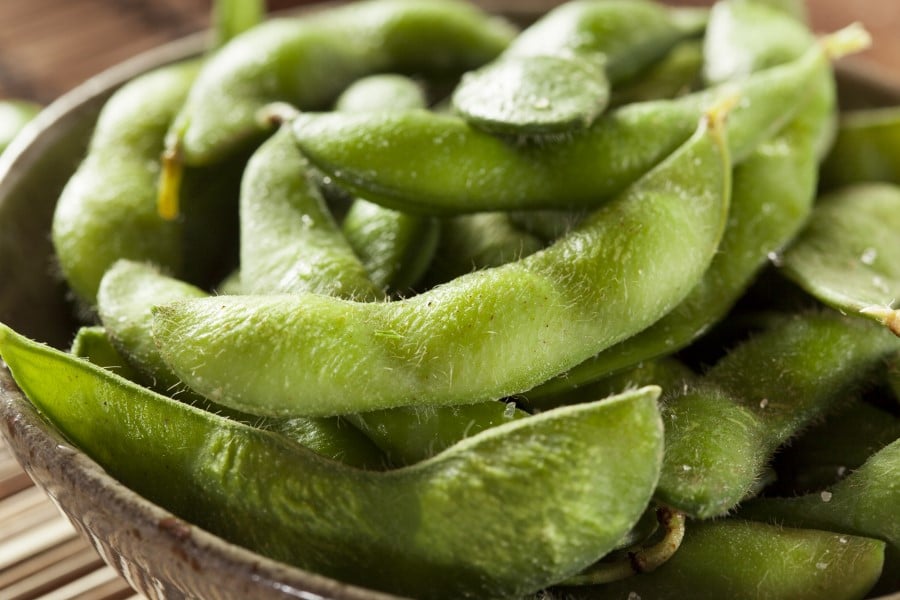
Edamame is scientifically known as Glycine max. (L.) Merr, which means that it is basically soybeans. Edamame is the preparation of immature soybeans while still green and in the pod. Soybeans are believed to have been first cultivated in China almost 7000 years ago. Soybeans are cultivated in almost every region of the world, with China and the US being the leading producers. Recently soybeans have been sold as edamame and eaten as an alternative protein source in European countries.
Edamame is mainly harvested by hand to avoid destroying the leaves and stem of the plant. The best period for harvesting edamame is about 30-40 days after the plant flowering. At these stages, the sucrose levels of the vegetables are usually high, thus resulting in the sweet taste of the edamame. The free amino acids, namely aspartic, alanine and glutamic, also influence the sweet taste of the vegetable. Edamame happens to be very perishable, with the flavor degradation beginning almost 10 hours after harvesting. To avoid wilting and decolorization of the pods, the edamame should be stored in a humid location, or you can wrap the pods using a material that can trap moisture, such as plastic.
Edamame is available as pods or beans. Eating the beans is much easier since they are prepared and eaten just like the other kind of beans, but with the pods, you have to use your teeth to get the beans in your mouth then the pods are discarded. Chopsticks are also an option though it requires a little bit of skill to be able to eat edamame with them. Edamame can be prepared by either boiling, microwaving or steaming the pods. Salt can lo be added to improve the taste. You can add the salt after cooking the pods or dissolve the salt in the water before introducing the pods. Though it isn’t necessary, you can choose to chop off the ends of the pods before you start cooking.
Just as the other kinds of beans, edamame happens to be a rich source of vitamins and minerals. These nutrition values of the common bean have various health benefits, such as lowering the risk of cancer and lowering cholesterol levels. Due to its low glycemic index, edamame is diabetes-friendly. The phytoestrogen in the beans also functions as estrogen. Edamame contains folate, which the body needs to produce DNA and for appropriate cell division. Edamame contains choline, a nutrient similar to vitamin B, which is responsible for muscle movement, memory, learning, and healthy sleep.
Earthnut Pea
Earthnut pea is a small climbing perennial plant that is native to the moist temperate regions of western Asia and Europe. Earthnut pea has different names ranging from tuberous vetchling and tuberous pea to aardaker. Scientifically, it is known as Lathyrus tuberosus. Earthnut pea is known for its ability to spread through the root system. The edible part of the earthnut pea is the tubers which can grow to 5 centimeters in length while still attached to its roots.
Earthnut pea is cultivated mainly in Europe for the scent that its flowers produce. However, they have recently taken into the cultivation of the earthnut pea for its tubers as an alternative food source. The earthnut pea has a unique flavor referred to by most as gentle nutty. The earthnut peas’ tubers are prepared for consumption by either roasting or cooking. Earthnut pea can also be used to produce fermented bread and beverages. The seeds of the earthnut pea are a source of plant-based oils.
Health benefits associated with earthnut pea include improved vision and digestive health and reduced risks of cancer, diabetes, high blood pressure and cardiovascular diseases. It also boosts your body’s immunity and bone healing. These benefits result from nutrients such as vitamin C, antioxidants and minerals like phosphorus, potassium, magnesium, iron, zinc, sodium and copper present in the tubers.
Eddo
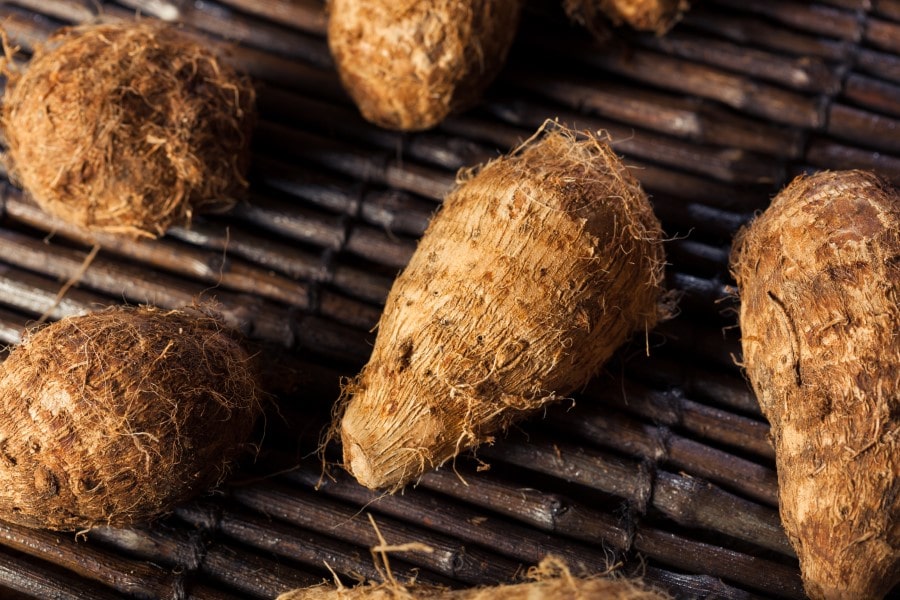
Eddo, also known as cocoyam or taro, is a root vegetable and a member of the Araneae family. Scientifically eddo is referred to as Colocasia antiquorum, and some individuals also prefer referring to them as the potatoes of the tropics. Eddo is believed to have originated from China and Japan thousands of years ago. The rind covering eddoes tends to be hairy and brownish, yet the inner edible flesh ranges from white to grey. The texture of eddo happens to be light and crumbly, almost similar to that of potatoes. When harvesting eddoes, you must use protective clothing like rubber gloves since eddoes contain allergens that might cause you to experience an allergic reaction. When selecting which eddo is suitable for consumption, you should ensure that it does not show any signs of mold or fading, and it should be firm and dry.
With eddoes, you don’t have to wait for them to ripen since you can consume them at any time as long as they are mature. Larger eddoes tend to have a nuttier flavor than the small ones that are always smooth and moist. Eddo cannot be consumed raw due to its toxic nature; hence you have to cook it before consuming it. There are different ways to cook eddoes; you can either fry, roast, or boil them. Like potatoes, eddoes can be sliced, mashed, or grated depending on the dish you are preparing.
Eddo happens to be an excellent source of carbs and fiber, which makes them perfect for athletes, active individuals and children. The fiber in eddoes also helps stabilize the sugar levels in the body while preventing the rise of insulin levels. Dietary fiber helps prevent constipation and reduces the risks of colon cancer; eddo also contains magnesium, potassium, iron, zinc and phosphorus, which help prevent electrolyte imbalances, and cardiovascular diseases, improving circulation and preventing anemia. Vitamins A and E are highly concentrated in eddoes, thus promoting eye health and protecting the skin against ultraviolet radiation. Also, vitamin C is present in eddoes, stimulating collagen production and boosting the body’s immune system.
Elephant Foot Yam
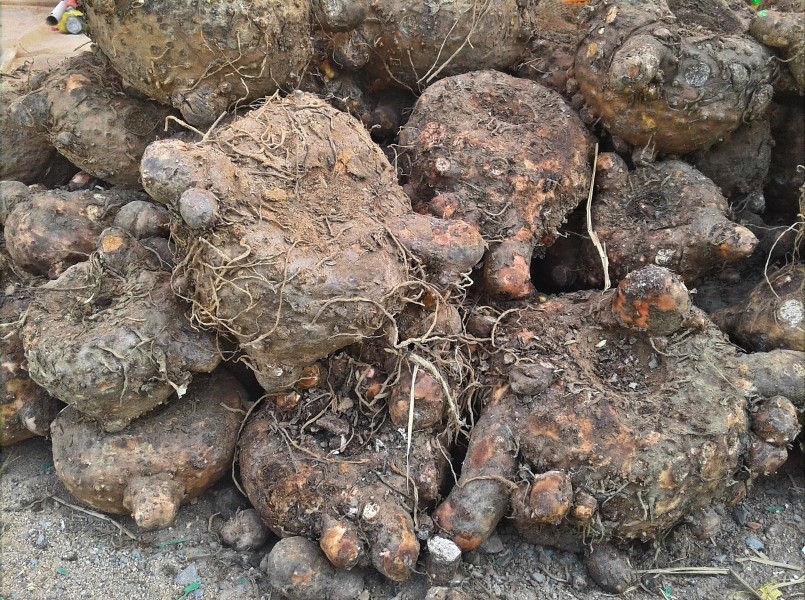
Elephant foot yam belongs to the Araceae family and is referred to as Amorphophallus paeoniifolius in the scientific community. In some regions, elephant foot yam is referred to as white spot giant arum, Kanda, zimmikanda or suran. It is believed that the elephant foot yam originated from India, from where it spread to the rest of the world, but recent studies have shown that elephant foot yams are originally from southeast Asia. This is mainly because the yams from India have lower genetic diversity than those from the islands of southeast Asia. Elephant foot yam is extensively cultivated in India, South Asia, the pacific islands, Madagascar, Africa, Oceania and Southeast Asia. The blooming season for the elephant foot yam is usually during the rainy season.
In most countries where elephant foot yam is cultivated, it happens to be a staple food, thus encouraging its cultivation as a cash crop. Elephant foot yam is a versatile root vegetable that can be prepared in several forms such as fried, mashed, curries, stew or even pickled. The leaves and stem of the elephant foot yam are also prepared as green vegetables. Different Indian states have different ways of preparing the elephant foot yam leaves and stems as a vegetable. In Bihar, elephant foot yam is used in oal curry, oal bharta, pickles and chutney. In Tripura, elephant foot yam is referred to as batema and is mixed with baking powder and water to remove raphides. The paste is then turned into buns and boiled with water containing baking soda, after which the water is discarded then the buns are mixed with a paste of chili and dried fish/shrimp(mosdeng).
The health benefits of elephant foot yam include it is an excellent source of proteins, carbs, zinc, phosphorus, calcium, potassium and vitamins A and B6. Elephant foot yam also contains phenols, alkaloids and flavonoids. All these nutritional content helps the body reduce inflammation, lower cholesterol levels, regulate blood sugar levels, flush out toxins, improve cognitive functions, maintain the hormonal balance, and boost immunity.
Escarole
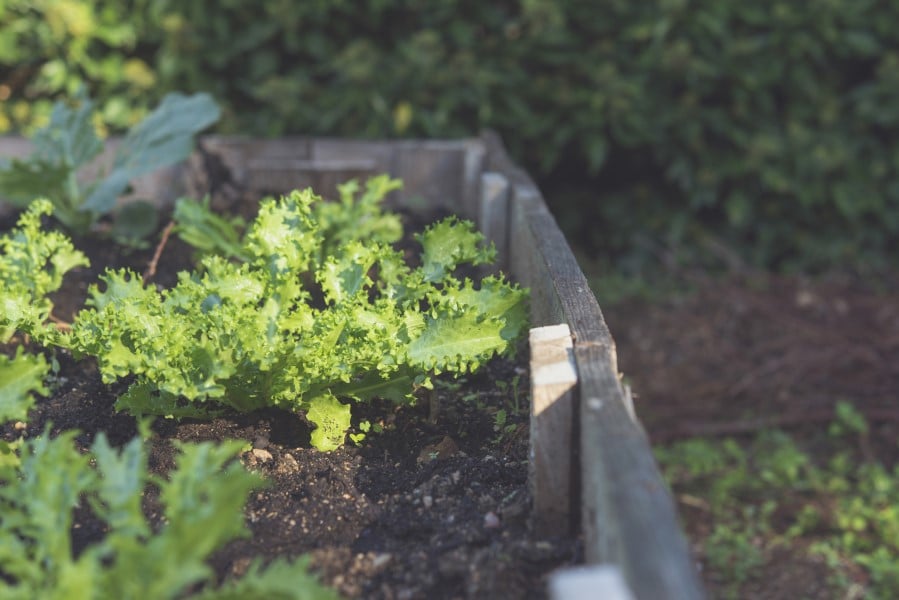
Escarole is also known as Bavarian endive, Batavian endive and broad-leaved endive. Escarole is made up of curly, broad and green leaves. Usually, escarole is mistaken for lettuce dour to the resemblance. The outer leaves of escarole are usually darker than the inner leaves. The escarole is very prominent in Italy, where it is a traditional wedding soup ingredient which combines with sausages, meatballs and pasta.
Escarole usually has a bitter taste, especially the outer leaves, which are also chewy. You can prepare the leaves by either braising or sautéing them. The inner lightly colored leaves are the best option when preparing a salad since they aren’t bitter; you can tear and mix them with the other ingredients. Escarole also pairs very well with cheese, especially goat or blue cheese. To enjoy escarole, ensure you accompany it with something that is either sweet or salty to balance its bitterness.
Escarole offers the body many benefits, such as promoting heart and bone health due to the presence of calcium and vitamin K. Escarole contains antioxidants, which defend your body against unstable molecules and oxidative stress called free radicals since long term oxidative stress triggers inflammation. Vitamin K promotes proper eye health. Escarole can only be found in select grocery stores since it is regarded by most as a specialty product.
Elephant Garlic
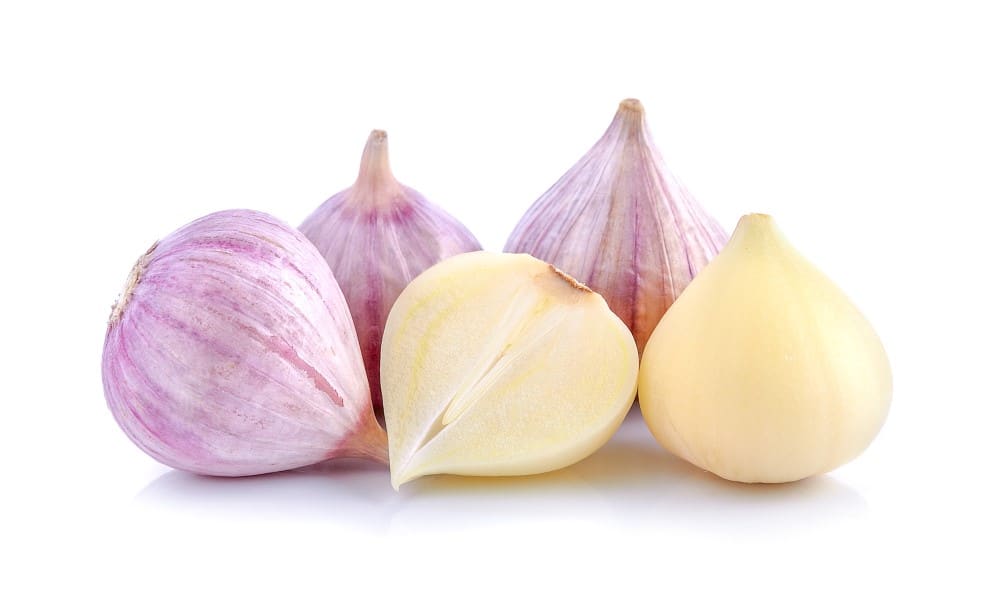
Elephant garlic is scientifically referred to as Allium ampeloprasum. Elephant garlic is a perennial plant that belongs to the onion genus. The elephant garlic usually consists of a tall, flowering solid stalk coupled with flat and broad leaves. The flower stalk can grow to the height of about 2 meters, and the flowers tend to sprout during the spring and summer. Papery skins cover the elephant garlic bulb. Most farmers prefer elephant garlic mainly because it can be left in the ground and won’t rot. An elephant garlic bulb can weigh up to 500 grams with a diameter of about 10 centimeters while consisting of 5 or 6 cloves. For a better yield of elephant garlic, they require rich, well-drained and intensely cultivated soils with a warmer climate. Harvesting of the elephant garlic should be done when the flowers begin to dry out, which may not occur until the second year after planting. When digging up the bulb, you should dig up the whole plant and let the bulbs dry with the stem still attached in an area where there is shade.
Elephant garlic possesses a sweet, mild flavor between onion and garlic. The coves are usually large and are easy to peel. Elephant garlic can be consumed both raw or cooked. Usually, garlic isn’t consumed by its lonesome, but it is used as an ingredient to prepare other dishes. Some individuals prefer slicing the garlic and using it as a garnish for their salads.
Elephant garlic is rich in nutrients and minerals such as proteins, calcium, magnesium and vitamins C. The health benefits of elephant garlic to the human body include preventing cancer, especially prostate cancer in men. The calcium present helps improve bone strength. Vitamin C is present in eddoes, stimulating collagen production and boosting the body’s immune system. Also, elephant garlic helps reduce the risk of blood clots.
Ensete
Ensete is scientifically referred to as Ensete ventricosum and known to most people as Ethiopian banana, false banana or pseudo-banana. Ensete belongs to the Musaceae family and is a herbaceous species of flowering plant in the banana family. Ensete is native to Kenya, Malawi, Uganda, Zambia, Ethiopia and Tanzania, though it is extensively cultivated in Ethiopia, where it is a staple food to more than 20 million people.
The Ensete plant resembles the banana tree. The flowers of the Ensete plant occur only once from the center of the plant. The roots are edible, but the fruits are inedible and flavorless, while the seeds are predominantly black, round and hard. Once the Ensete plant is done flowering, it dies. The inflorescence stalk and pulverized trunk are used to prepare food in Ethiopia. The pulverized parts are fermented to create kocho. The mixture is then squeezed to make bulla and sometimes eaten as a porridge. The remaining solids have to be left to settle for a few days to be suitable for human consumption. Mixed bulla and kocho can be kneaded into dough and flattened, and baked over a fire.
Ensete contains potassium which is beneficial to the kidneys and bones. It also suppresses calcium loss, thus reducing the risk of you developing osteoporosis and brittle bones.
The Final Letter
Each of the vegetables above, starting with the letter E, has a distinct feature that makes it unique. So, here’s a challenge for you using this list; try and discover what feature is that. The unique feature might be the name, color or origin. Also, you can try to find or develop new recipes by using the vegetables listed above.
